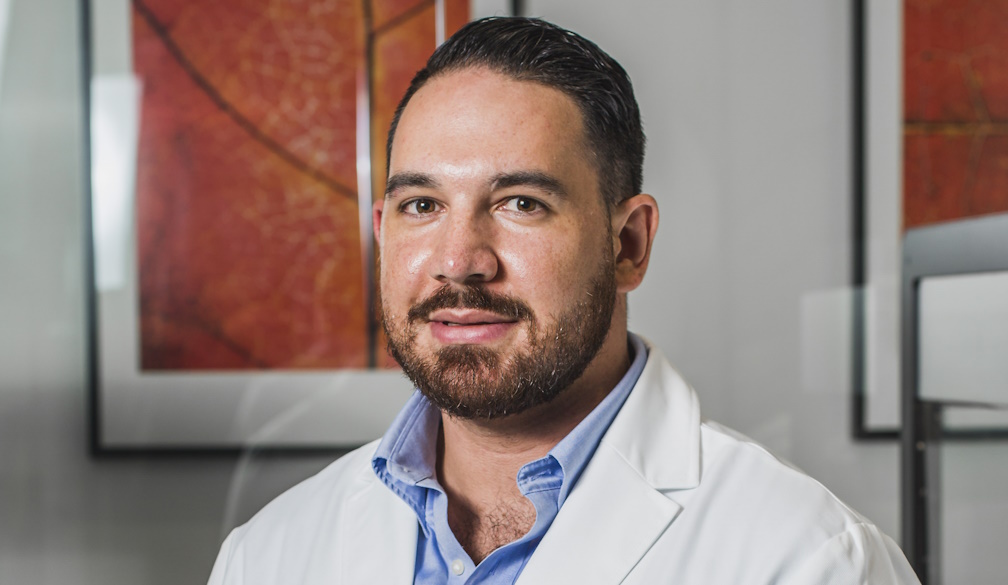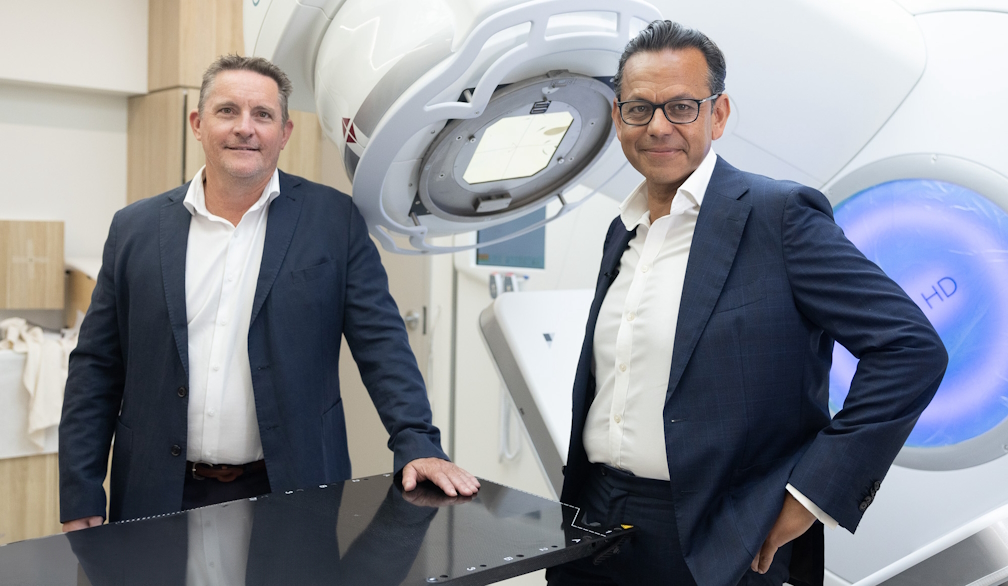Why Australia Needs to Address the Way it Tests and Diagnoses Skin Cancer

Australia is infamous for having the world’s highest skin cancer rates, a gloomy accolade that doesn’t seem to be fading anytime soon.
But beneath this widespread knowledge lies a less publicised yet deeply concerning issue: the frequency with which skin cancers are misdiagnosed.
When Australians suspect they might have a skin cancer, the default method by a GP to confirm this is an invasive biopsy, a procedure only registered doctors can perform. However, due to the fact that most GPs are not specialists in this area, many skin cancers are incorrectly diagnosed.
As a result, skin cancer has become the single largest cost to the Australian healthcare system every year – and a significant part of that cost is treatment for non-melanoma skin cancers.
According to Services Australia, 1.4 million skin biopsies were performed in Australia last year, with the number of procedures surging by 30% every four years.
Even more concerning is the data obtained from the Australian Institute of Health and Welfare showing that non-melanoma skin cancers cost the healthcare system approximately $1billion annually.
Digging deeper into retrospective data, a chilling pattern emerges – at least 40% of skin biopsy procedures conducted here were categorised as benign, costing over $400m annually. This figure could actually be higher, given there’s no mandatory reporting for non-melanoma skin cancers.
Add to this the fact that nearly one in three skin biopsies result in complications which include scars, bruising, swelling and infection. Apply that figure to the patients that did not need a biopsy in the first place, the problem is exacerbated.
Amid this crisis, Australia is grappling with a dermatologist drought, an issue that hasn’t garnered the attention it warrants. Lengthy wait times and prohibitive out-of-pocket costs are further straining an already overburdened system. The Australian Government’s Dermatology – Australia’s Future Health Workforce Report has identified a predicted shortage of 60 dermatologists by 2025, and by 2030, there will be an estimated national shortage of 90.
These figures add to already immense pressure on Australia’s healthcare system. Dermatologists and GPs are spending a lot of time (often unnecessarily) performing skin cancer checks, when they could be treating other patients.
Improving just one component won’t fix the problem, but there are options to help solve the problem. The pressure could be reduced in part with the development of non-invasive diagnostic tools to pre-screen for skin cancer. The aim – to reduce the need for painful and expensive biopsies and instead incorporate a new way to determine if a skin biopsy is required.
That’s why DermR Health Solutions is developing a world first microneedle patch that quickly and painlessly extracts live skin cells in under two minutes, drastically reducing the time and discomfort associated with traditional biopsy procedures with the capability even to be self-collected at home.
But to alleviate the pressure further, allowing nurses to perform pre-screening checks would free up GPs and dermatologists who are already struggling to cope with the demand for their services.
And nurses, who are extremely capable and skilled workers, could potentially use the microneedle patch, to perform the skin cancer pre-screening checks without a GP present. GPs could then to attend to other medical areas that need their attention and immediately reduce the skill shortage and bottlenecks within the healthcare system.
Aged care facilities could also benefit exponentially, and other elderly patients could be seen by nurses at home with a quick test which avoids a lengthy examination.
Most satellite areas in this country are nurse-based. Regional and rural areas have well-known GP shortages and there are identified barriers to seeking help for skin cancer detection in rural Australia – particularly for those who are older, socio-economically-challenged and less-educated.
Providing nurses with tools they could use does not require an overhaul of regulations within healthcare but instead relies on product innovation that can fit within the constraints of what is allowed for nurses.
An alarming 1% of indigenous Australians, who have limited healthcare access, die due to unchecked basal cell carcinomas (BCCs) – treatable skin cancers. This is unacceptable. A new approach could increase the capability for allied health and nurses to conduct skin cancer checks in remote areas while also creating a positive impact.
Our own health economics analysis has revealed it costs, on average, $643 to have a skin cancer checked, including at least $123 in indirect costs such as patients missing time off work and driving to appointments and out-of-pocket fees. The out-of-pocket expense can balloon up to $300 if seeking private dermatology.
There is solid evidence to support changing the landscape surrounding skin cancer detection. A study by Public Health and Research Practice last year identified serious concerns around Australia’s current unstructured approach to skin cancer early detection including variable quality of care, sociodemographic inequalities in medical access and health outcomes, excision of benign lesions, overdiagnosis, gaps in workforce training and health system inefficiencies.
The solution does not need to be drastic – but it does need to be multi-faceted, with attention to the dermatologist shortage, development of new diagnostic technologies and rethinking how we are managing the diagnosis of skin cancers in Australia.
About Stefan Mazy
Stefan Mazy is CEO of DermR Health, an Australian genomics startup company. The company is on a mission to revolutionise health decisions through real-time genomics using their novel next-gen devices to reduce the burden of disease. The company is developing a non-invasive diagnostic tool to pre-screen for skin cancer which aims to reduce the need for painful and expensive biopsies.







